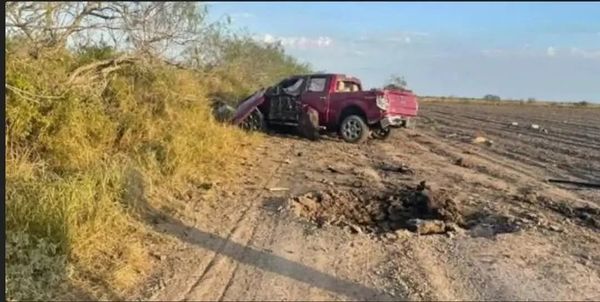Social media has exposed the wider world to remote and beautiful wilderness once only seen in coffee table books, at slide nights or by the eyes of an adventurous few.
So while the Instagrammable aesthetics of these locations inspire more people to head out into Tasmania's wild areas, their new-found popularity is coming at a price.
"In a nature perspective it makes locations that were not as well known much more known and visited," said Mark Williams, a lecturer in physical geography and spatial science at the University of Tasmania.
"More people are out in nature experiencing the mental and physical benefits, but some places are becoming degraded as more and more people visit these fragile sites."
He pointed to Wellington Park's Disappearing Tarn, which was once only known through local knowledge, and Lake Rhona in the south-west, which became popular via social media but started having issues with toilet paper litter.
"When you're sharing your photographs from your trips, it's fine to share them, but think about sharing some of the more sensitive locations with just small groups of people rather than your entire network.
"Consider stripping the geotag from some of the photographs of particularly sensitive areas."
What is geotagging?
Mr Williams said geotagging in its basic sense was location information added to a file — like a phone with GPS adding information to a photo.
In a social media sense, it's "checking in" or adding a location to a post or photo so the audience can find the location.
"In the past you may have had certain people that were part of wilderness organisations or bought photography books and that would have shown people these beautiful locations, but it wouldn't have been widespread," he said.
"Now we see them in our daily feeds.
The search for solitude
Tasmanian bushwalker and photographer Dan Broun said the rise of social media had led to tracks getting crowded.
"Numbers have increased, it's now harder to find solitude in the national parks," he said.
He said he'd had to re-think his own social media footprint in the past decade.
He said the demographic of people experiencing nature had changed.
"With that has come a lack of understanding of how to walk and the seven principles of 'leave no trace'."
Mr Broun said he had noticed people leaving rubbish, "space invading", not sticking to tracks, using drones and camping at inappropriate spots.
"There's even reports of people getting shirty with each other where there's limited camping."
He said Lake Oberon, a difficult walk in the south-west, was getting 30 to 40 people camping near it when it could handle about 12.
'There will be a tragedy'
Mr Williams said it was unwise to use social media as a bushwalking guide, and the responsibility for safety could not be placed with the Parks and Wildlife Service.
"The individual needs to do the work rather than an organisation telling them to be prepared," he said.
He suggested people join a bushwalking club or buy books and guides and learn through "baby steps", rather than undertaking difficult walks with no experience.
Mr Broun said he regularly observed track users attempting to undertake challenging walks with no understanding of the length or difficulty level.
"People think they can day walk into Lake Oberon and don't do their research," he said.
"There's going to be a couple of young kids who see something on Instagram and they will get a bright idea to do it in winter.
He said many people in the bushwalking community were calling for caution, and that it was not coming from a place of self-interest.
"If the tracks are good, I want people to go out there and enjoy bushwalking.
"We're worried about the environment getting damaged, we're worried about our own experience being impacted, but we are also worried about people hurting themselves or dying."
More visitors coming
Mr Broun said he was concerned for Tasmania's wilderness now that interstate and international borders were open.
Over summer, Cradle Mountain experienced some of its busiest days on record.
"Nature has had a bit of a reprieve, but it's going to ramp up and already has this summer," he said.
He said people's digital footprints needed to evolve.
"The numbers are definitely up and managing those numbers is going to be the biggest problem for the parks service.
"If you're posting online about places that are sensitive that involve nature and wilderness, consider the seven principles of 'leave no trace'."
Increased numbers a challenge
Parks and Wildlife Service acting deputy secretary Stuart Fletcher said the Leave No Trace principles were promoted extensively to encourage users to leave natural areas as they found them.
"Increased visitor numbers to Tasmania's parks and reserves creates a challenge with ensuring we minimise the impact to our environment," Mr Fletcher said.
"Leaving no trace in our wilderness areas also includes burying or carrying out human waste if there are no toilets, or the toilets are out of action."
He said PWS have introduced a free voluntary online registration system for overnight walks, which assists in managing the number of people in huts and campsites, and reduces the potential for long-term damage to fragile and remote bushwalking environments.
"The PWS also employs Wilderness Rangers who provide education and advice to walkers on some of the state's most pristine locations through the summer season."







